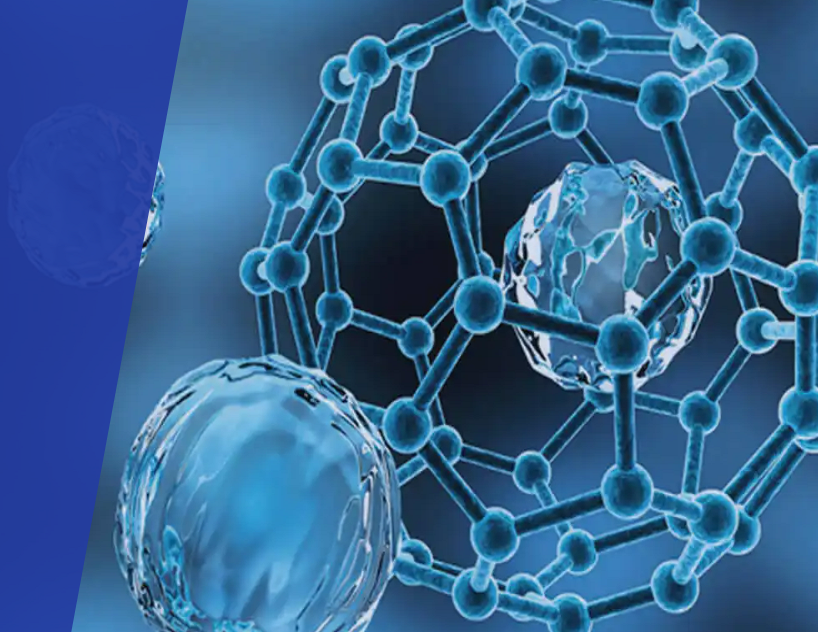 Website Copy Makeover – Turn Visitors into Buyers Instantly!
Website Copy Makeover – Turn Visitors into Buyers Instantly!
Some Basic Facts about Scandium Catalysts
Written by Tylor » Updated on: June 17th, 2025

Metal catalyst is one of the important branches of solid catalyst, and one of the earliest and most widely used catalysts. The main active groups are divided into metals. Mainly are precious metals and transition elements such as iron, cobalt and nickel. In addition, rare earth metals and many other metals can be used as catalysts. The most commonly used metal catalysts are those of group VIII metals. Metal catalysts are generally used for hydrogenation, dehydrogenation, oxidation, isomerization, cyclization, hydrolysis and other reactions.
A substance containing scandium and having a catalytic function is referred to as a scandium catalyst. Scandium is a soft, silvery white metal and is one of the transition metals. After being oxidized by air, the color of the scandium changes from silvery white to light yellow or pink. The content of scandium in the earth's crust is very small, it rarely exists alone, but is mixed with erbium, gadolinium, and the like. The primary valence of scandium is +3, and the valence of scandium in most scandium catalysts is +3.
Applications:
The scandium catalyst is not a commonly used catalyst, but it still plays a role in the field of organic catalysis because it exhibits superior catalytic performance in some reactions (for example, polymerization reaction, asymmetric reaction) and has the advantage of environmental protection.
Polymerization reaction: The scandium catalyst exhibits excellent catalytic activity in the polymerization reaction and can be used to catalyze the polymerization of many organic compounds. For example, highly syndiotactic polystyrene (s-PS) is a crystalline polymer material with excellent performance and has wide range of applications in the automotive industry, membrane materials, food containers, electronic and electrical components industries. Highly syndiotactic polystyrene (s-PS) can be obtained by catalyzing the polymerization of 4-isopropenylstyrene with scandium catalyst. Due to their unique physical and chemical properties, cyclic olefin copolymers have attracted more and more attention from academia and industry. Catalytic non-co-bisoprene cyclization polymerization is an effective method for preparing cyclic olefin copolymers. The acid-base reaction between the trialkyl rare earth complex Sc(CH2SiMe3)3(THF)2 and the ligand C5Me4HSiMe3 can be carried out to obtain the corresponding tetrahydrofuran-coordinated monosubstituted dialkyl rare earth complex (C5Me4HSiMe3)Sc(CH2SiMe3))2(THF). The complex can catalyze the cyclization polymerization of an olefin having large carbon numbers (such as hexene, styrene, 1,3 hexadiene, etc.) to obtain a cyclic olefin copolymer.
Asymmetric amination: Chiral α-Aminoketones are important structural units in organic synthesis and are widely found in natural products with biological activity and drug molecules. The synthesis of chiral α-aminoketones can be achieved by asymmetric catalytic amination of hydroxy compounds. Azo compound is used as an amination reagent, and the chiral scandium catalyst (Sc(OTf)3) can catalyze the asymmetric amination of β-naphthol to synthesize a chiral α-aminoketone compound with various structures. Sc(OTf)3 is used as a chiral scandium catalyst, which makes the reaction have the advantages of wide substrate range, high yield, less catalyst dosage and reaction amplification.
Scandium CatalystsFigure 1. Scandium catalyst catalyzed asymmetric amination
Michael addition reaction: O-Methylene benzoquinone compounds are a very active and important intermediates that can be synthesized to form useful chemical structures by further Michael addition reactions. However, conventional methods for preparing o-methylphenyl hydrazine compounds (for example, pyrolysis, photochemical reaction) have disadvantages such as severe reaction conditions and complicated post-treatment. The scandium trifluoromethanesulfonate (Sc(OTf)3) can be used to catalyze the synthesis of o-methylene benzoquinone intermediate, and further catalyze the oxy-Michael addition reaction of o-methylene benzoquinone. Moreover, the method has the advantages of being environmentally friendly, simple and efficient.
Scandium CatalystsFigure 2. Scandium catalyst catalyzed Michael addition reaction
Asymmetric α-arylation: Anthrone compounds containing a C(3) chiral quaternary carbon center are widely present in pharmaceutical intermediates and natural products with biological activity. The asymmetric α-arylation of 3-monosubstituted-2-fluorenone is one of the most effective and simplest methods for obtaining anthrone containing a chiral quaternary carbon center. The complex formed by the combination of a metal scandium and a ligand has catalytic properties and can be used for the catalysis of an asymmetric α-arylation reaction. For example, a complex of a chiral tetrahydroisoquinoline oxynitride with a metal scandium can catalyze the asymmetric α-arylation of an N-unprotected anthrone with a diaryliodonium salt.
Scandium CatalystsFigure 3. Scandium catalyst catalyzed asymmetric α-arylation
References
Guo, Fang. (2017), “Scandium-Catalyzed Syndiospecific Polymerization of Halide-Substituted Styrenes and Their Copolymerization with Styrene.” Macromolecules (Washington, DC, United States) 50(21), 8398-8405.
Pellissier, H. (2016), “Recent developments in enantioselective scandium-catalyzed transformations.” Coordination Chemistry Reviews 313, 1-37.
Kobayashi, Shu. (2010), “Chiral scandium-catalyzed enantioselective hydroxymethylation of ketones in water.” Chemistry - An Asian Journal 5(3), 490-492.
Note: IndiBlogHub features both user-submitted and editorial content. We do not verify third-party contributions. Read our Disclaimer and Privacy Policyfor details.
Copyright © 2019-2025 IndiBlogHub.com. All rights reserved. Hosted on DigitalOcean for fast, reliable performance.













